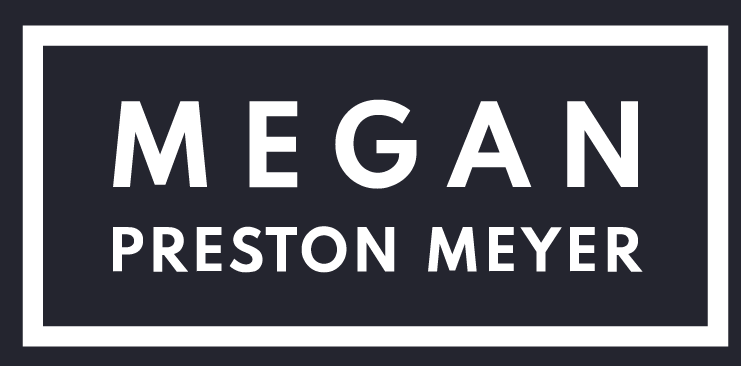
A Deep Dive into Corporate Jargon
As seen in Toastmaster Magazine

This article originally appeared in Toastmaster Magazine.
It’s the first meeting of the day, and you’re barely awake. You sit quietly, coffee mug in hand, peering bleary-eyed at the PowerPoint slides.
Then your boss starts in.
Thanks for being here, everyone—I know 7 a.m. is early, but it’s absolutely mission-critical that we implement Project TIGeR before the end of Q3. Right now, I’m not confident in our ability to shepherd it across the finish line, and we’re running out of time to pivot. Let’s double-click into some of the milestones we’ve missed and drill down into why this initiative hasn’t been as effective as we’d like it to be. Is it as simple as tweaking the hypertargeting algorithm, or do we need to start greenfielding a new solution?
Your tired mind tries to interpret, but there’s just so much jargon. You take another sip of coffee, trying to look attentive, and hope the buzz of the buzzwords doesn’t lull you to sleep.
Sound like your workplace? You’re not alone. Corporate jargon is everywhere, from Dubai’s 60th-floor boardrooms to Silicon Valley’s in-office espresso bars, and it can be annoying. It can be easy to assume buzzwords are a smokescreen of sorts, a way for managers to say a lot while knowing very little. Effective business communication should be clear, concise, and simple, we’re told … and jargon is just the opposite.
Benefits of Buzzwords
But jargon gets a bad rap. Corporate-speak can serve a purpose, and when used judiciously, may actually make your message work.
Before we talk about the how, let’s talk about the what. We’ll start by doing something that jargon-slingers rarely do: defining the term that we’re talking about. The American Heritage Dictionary says that jargon is “the specialized language of a trade, profession, or similar group, especially when viewed as difficult to understand by outsiders.” It’s language specific to the group’s shared activities, and other people within the group know exactly what it means.
This specialized language contains not only technical terms, but also words and phrases that are used differently than they would be in other contexts. A start-up founder and a baseball announcer understand the word “pitch” very differently; a carpenter and a photographer don’t “frame up” the same things. When most people talk about a “red flag,” it’s a warning that things aren’t as great as they seem—but in Toastmasters, it’s the signal that your speech needs to end. When used correctly, these “hidden” meanings are like a secret handshake: They create connection by signaling that you’re all part of the same group.
This connection, and the shared knowledge it implies, has another advantage. When you’re confident that your colleagues have the same context that you do, you can pack a lot of meaning into very few words. An ER doctor can say “Stat!” instead of “As soon as possible, please—it’s extremely urgent,” thereby saving time … and, possibly, lives. Jargon can be very efficient.
It can also be concrete and colorful. Many concepts in corporate settings are abstract and intangible; jargon helps to clarify with metaphors and imagery. Terms like “milestone” and “finish line,” which denote geographic distance, make measuring progress toward a goal more real. Verbifying words like “shepherd” and “greenfield” grabs our attention because we expect them to be nouns; they also evoke vivid images that help make messages more memorable.
Use Jargon Judiciously
Of course, corporate jargon can go too far. If you drop buzzwords into every sentence, they can become distracting, and people may suspect you’re using them to mask the fact that you don’t know your stuff. If you overuse certain phrases, they can turn cliché and lose their power as useful metaphors. And most dangerous of all, if your audience doesn’t share the same knowledge, using too much jargon can alienate them.
Jargon doesn’t have to be confusing, and it doesn’t have to be annoying. There’s a reason that it’s so common—it’s efficient and colorful. When used appropriately, it can move the needle on your professional communication’s effectiveness.
The secret is to know your audience and to make sure they share your context. If they do, feel free to sprinkle in specialized terms with group-specific meanings … just don’t open the floodgates. The takeaway is this: Jargon deserves a seat at the table—as long as you don’t overindex on it.
Occasional emails from Megan
I promise not to spam you and I promise not to be boring.






